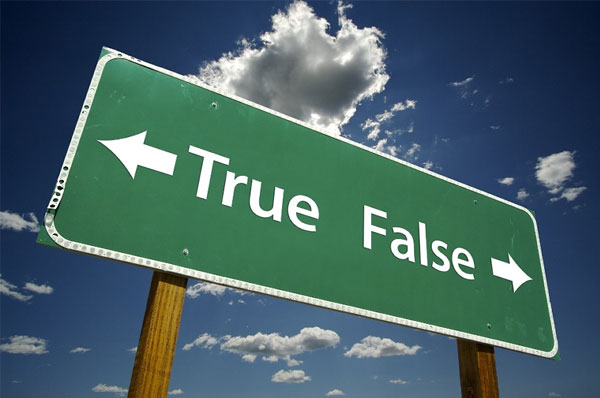



Updated October 19, 2019. Ask about our Pay-Per-Lead SEO program by calling or clicking the link above.
ORLANDO, FLORIDA — Because search engine optimization is an industry rife with jargon and a technical process that many people do not understand, some assume that there must be some secret formula for success. According to SEO Expert Ali Husayni, that is not the case.
“Search engine optimization boosts the visibility of a website by making sure that the site’s language gives the best possible chance for it to be found when a web surfer performs a search,” Husayni says.
A small part of the SEO process is on-page optimization, which is constructing the code of a website to be easily crawled by search engine spiders, according to Web Developer and SEO Specialist, Saeed Khosravi. A basic search about SEO will pull up a staggering amount of information and ‘How-To’ tutorials. Unfortunately, knowing which list has ethical SEO techniques, and which has outdated or detrimental ones can be a chore. Plus, it is constantly changing.

“Google’s search engine algorithm is updated on a regular basis, which means in order to make sure you are not using obsolete techniques, you have to find a reputable source that keeps you informed about changes,” Khosravi says.
Google wants to mimic the human behavior of reading, analyzing and organizing content, and so the system evolves as people do. According to Husayni, some changes to the algorithm are to block black hat SEO techniques, which include any techniques that use spam, cheap links and poor or irrelevant content just to get a higher ranking.
Panda was an update like this that Google released in the U.S. in February last year. The major change was that Google began “rating” websites on their content and user-experience. According to a recent Search Engine Land article, the focus of the update was to reduce and penalize websites that had thin, low-quality and duplicate content. It also targeted sites that came up short based on other site-quality metrics, such as high advertisement-to-content ratios.
Where To Get Started
Husayni has been committed to the Google-approved SEO methods that work with the search engine algorithm instead of trying to abuse it, since he started Millionairium in 2004.
He has written an e-book of best SEO practices that he updates as the industry changes, and here he shares seven aboveboard methods he uses for his clients, ranging from the medical field and real estate to heating and cooling:
Using a Millionairium website page as an example, a popular search term, Google Optimization, displayed on the first page of Google results when I entered it. Notice the URL that lists optimization, as the page title is Search Engine Optimization Millionairium SEO Services, and the description said this: “Millionairium offers SEO (search engine optimization) in a way which Google spiders could easily find your site, read its code and content, and rank it for your specific keywords.”
Keeping descriptions concise helps SEO efforts tremendously, according to Husayni.
“The person who did a search like this would have a very clear understanding of what the contents of this page are going to be and whether it will be helpful,” Husayni says.
Husayni also emphasized that these SEO tips are designed to benefit the user, not just make a page rank higher on Google’s search engine. The reality is that on-page optimization is a much smaller percentage of the total SEO work than it used to be. Today, it is five to 10 percent of the work an SEO firm would do for a client.
Husayni explains more on his blog about the SEO components needed to build a site Google will love.
